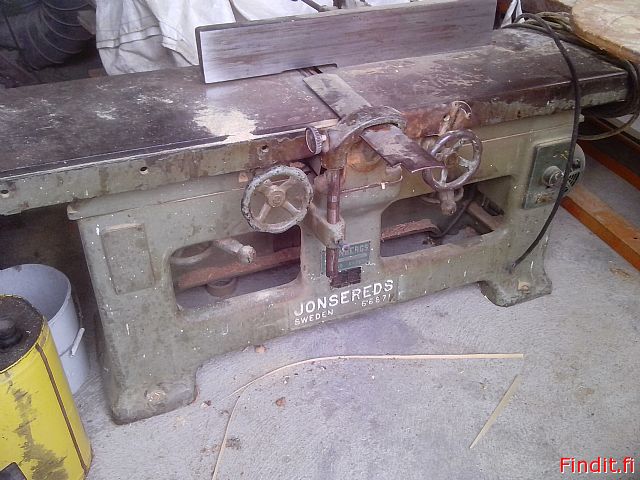In essence the second method is not unlike the router table solution I described in an earlier post.
I have no frame of reference but apart from setting it up it looks OK. My only reservation would be on a table saw with a largish bed getting the pressure to the outfeed side might be an issue. This could be solved by using a couple of feather boards BEYOND THE BLADE! Also please add some kind of guard for the blade you will be pushing timber directly towards the blade, scary.
You may find sourcing laminate in small quantities problematic so I would use laminate worktop edging it's 40mm high and it will provide more than enough support for your workpiece, attached with a contact adhesive. The sheds will sell you a length of 3000mm for a fiver or thereabouts.
As a simpler solution you could just take rip from a sheet of MDF (the factory edge will be pretty darn straight) make sure it is wider than the board you need to joint, lay your board ontop of this carrier board with the edge to be straightened overhanging by a small amount and attach the two together (couple of shop made clamps or, toggle clamps would do. Then run the board through the saw taking off a shaving, using the factory edge of the mdf against the fence, detach from the carrier board flip it and rip to width using you newly cut edge against the fence. Voila one dimensioned board at finished width.
Let us know how it works out.





